Category: Birding Curiosities
-
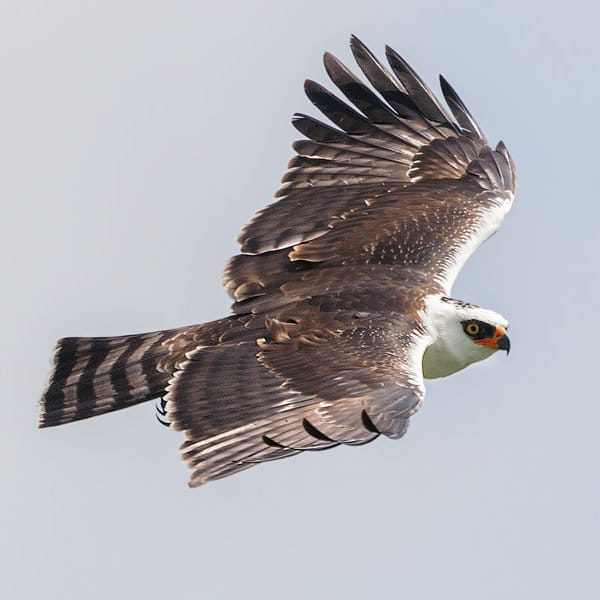
Black-and-white Hawk-Eagle
Probably one of the most striking of the Neotropical birds of prey, and one of the most difficult to observe perched, is the Black-and-white Hawk-Eagle (Spizaetus melanoleucus). We can find this raptor species throughout a large part of tropical America, from southern Mexico to northern Argentina. Unlike the Black Hawk-Eagle and Ornate Hawk-Eagle, the Black-and-white Hawk-Eagle does not tend to vocalize as much…
-
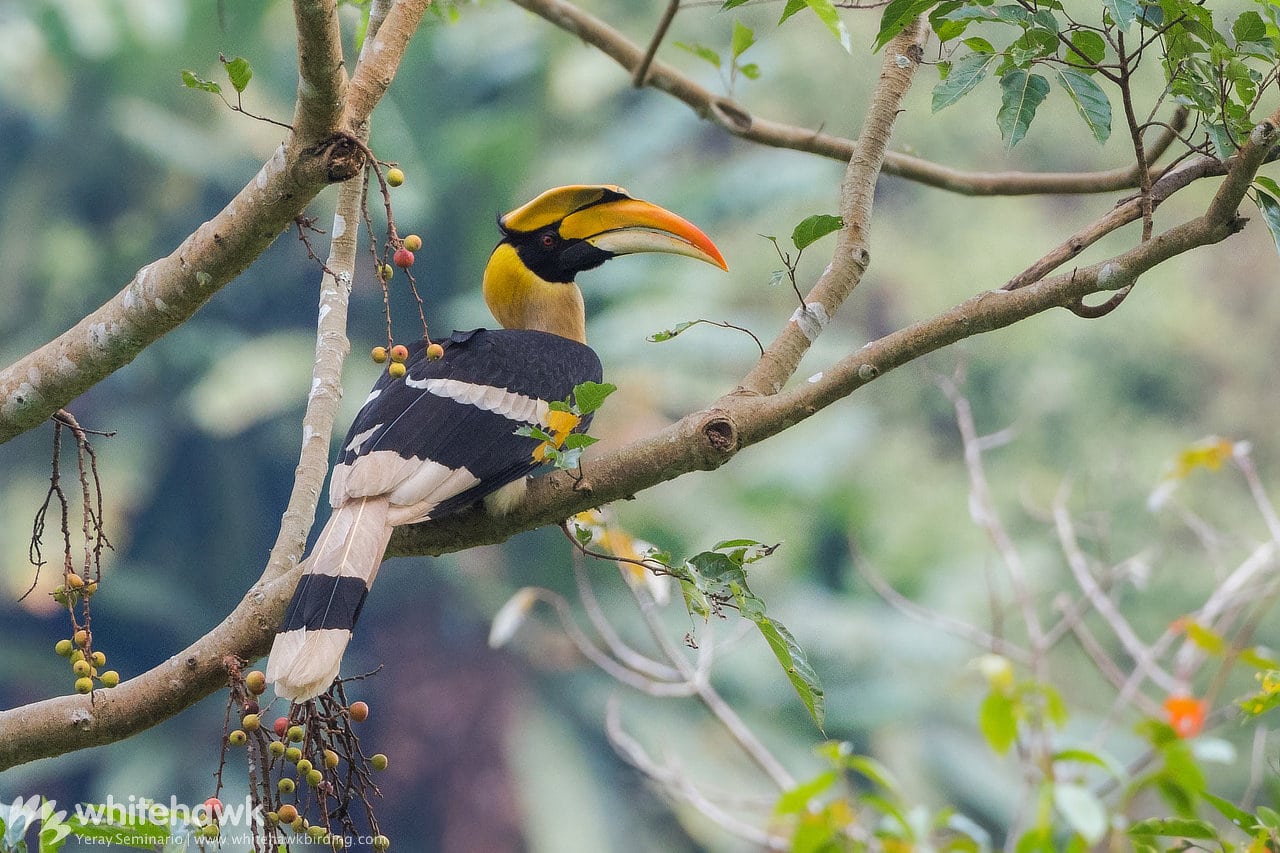
Hornbills & Toucans: A Tale of Convergent Evolution
Hornbills and toucans are excellent examples of convergent evolution. Imagine yourself standing in a rainforest in Malaysia. The gigantic, towering trees overhead close the canopy providing you some appreciated shade from the strong tropical sun. Abundant vines and lianas drape over the large branches and circle tree trunks. Mosses, lichens, epiphytes and other plants blanket…
-
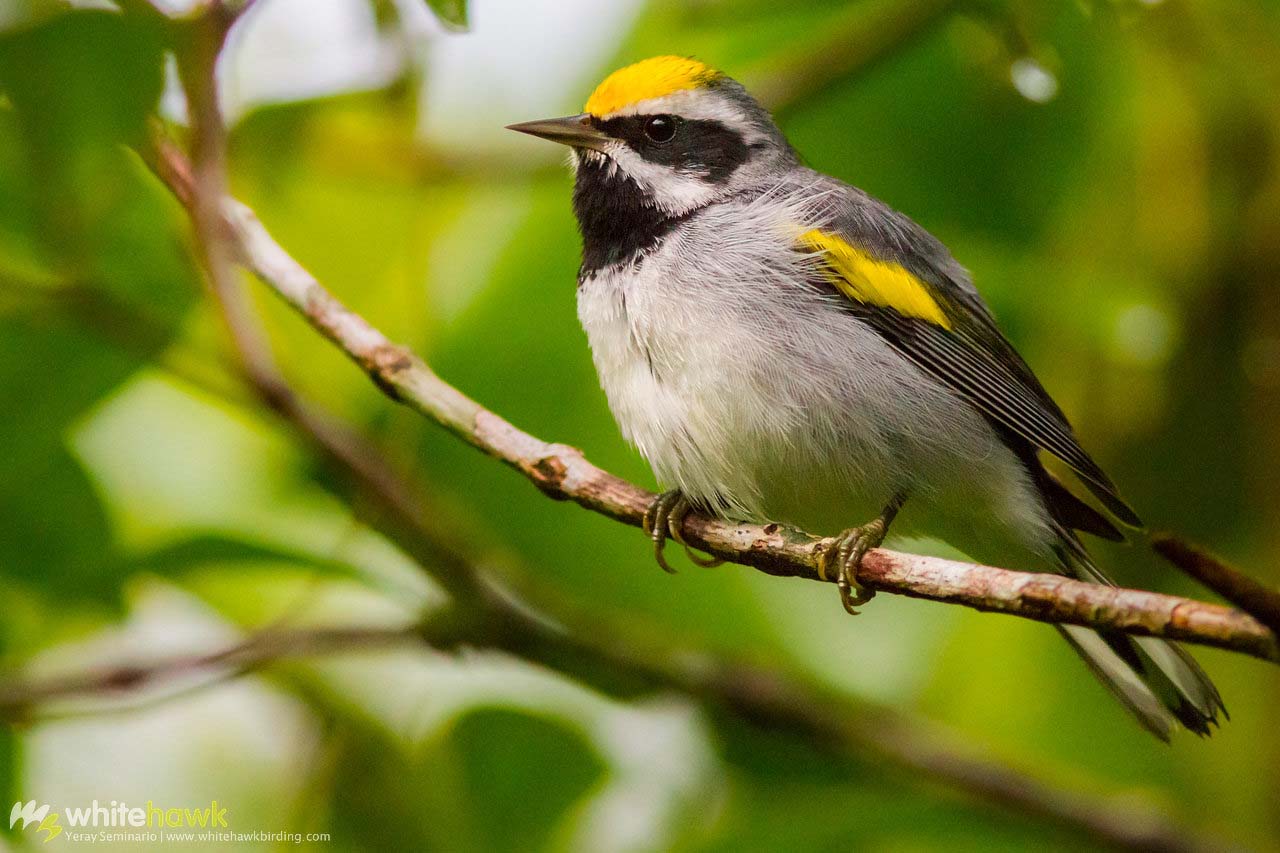
Bird Migration in Panama
The Isthmus of Panama is a land bridge that connects North America to South America. Historically, it was the key location of the Great Faunal Interchange, where large land mammals crossed freely between the two continents. Today, it still remains one of the greatest places on Earth to experience the spectacle of migration year after…
-
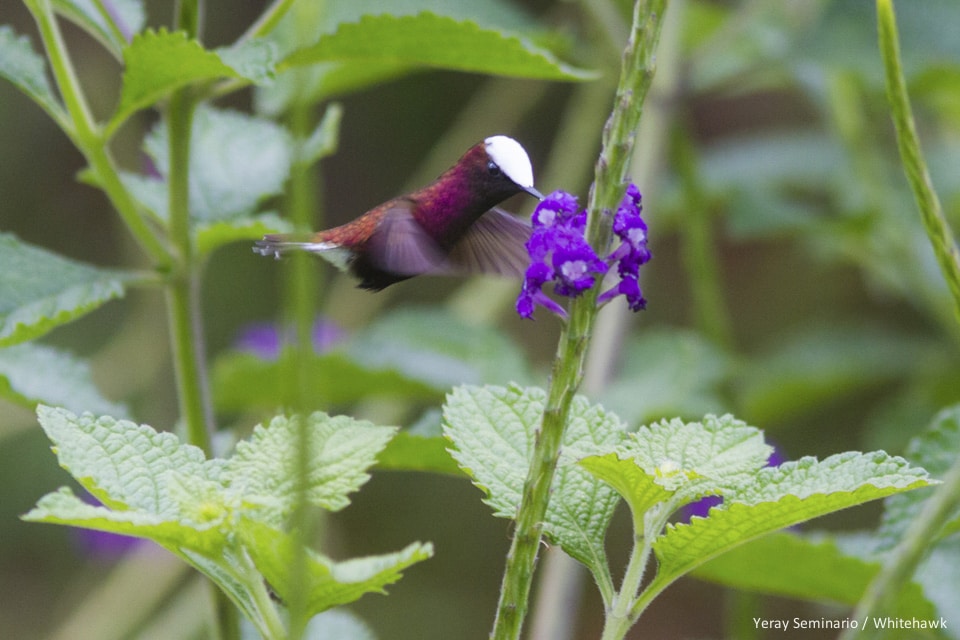
Central American Hummingbirds – the gems of the region
Hummingbirds are one of the most diverse groups of birds in the New World. There are more than 345 species from Alaska (Rufous Hummingbird) to Tierra del Fuego (Green-backed Firecrown), including the Caribbean islands. It’s no surprise that the greatest number of hummingbirds are in the tropical region, including a large number in Central America. Here,…
-
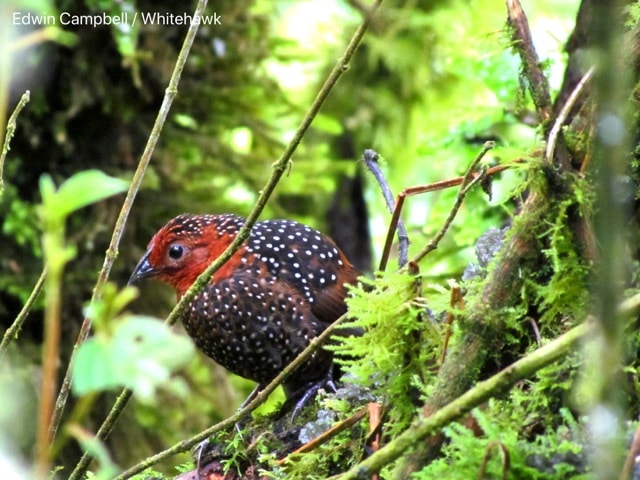
Ocellated birds: what they are and why they have that name
While guiding in the humid forest of Colombia, I spotted an Ocellated Tapaculo, a beautiful but elusive bird. Upon hearing this species’ name, one of the birders asked “Where do these names come from? What does that name mean?” At the time, I had no answer to give him. But I wanted to be able to answer…
-
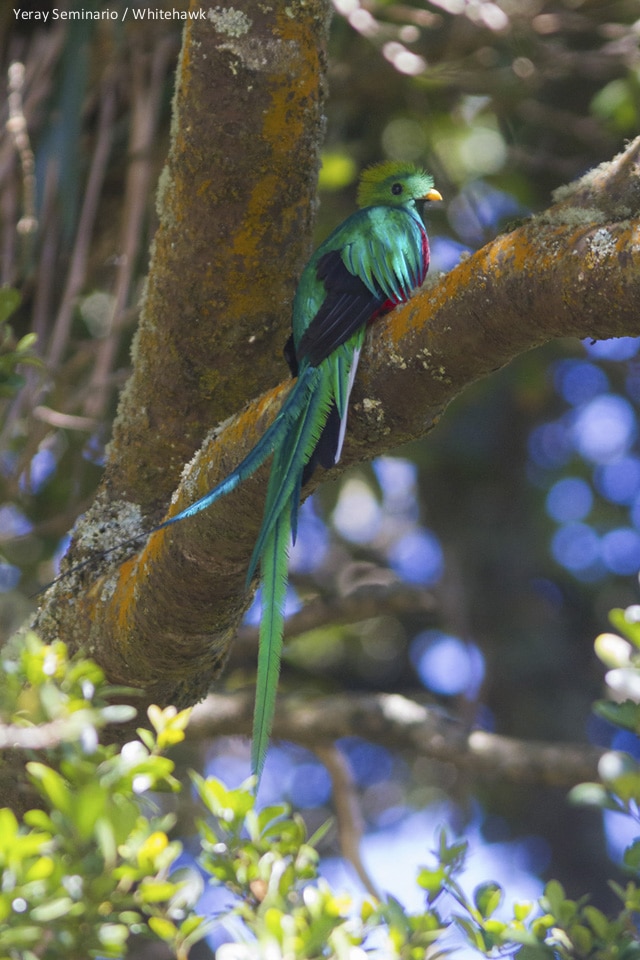
National Birds of Central America
Bird facts are always of interest to any birder. Cool facts about national birds are no exception! Most countries have officially (or at least unofficially) selected a national bird to best represent their local avifauna. Central American countries have done a great job of boasting some of the most beautiful birds the region has to…
-
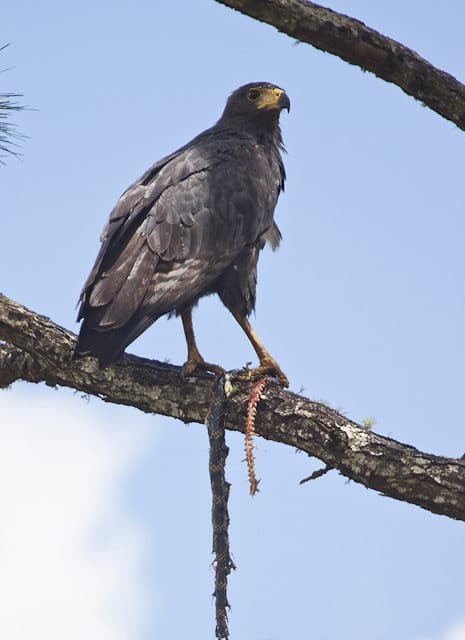
Post-fledging behavior and prey of the Solitary Eagle
With just a few nests discovered to date, the Solitary Eagle (Harpyhaliaetus solitarius) is one of the least known birds of prey in the world. As such, there is very little information on the ecology and behavior of the Solitary Eagle at any stage in their lives. In 2009, our team of biologists was working…
-
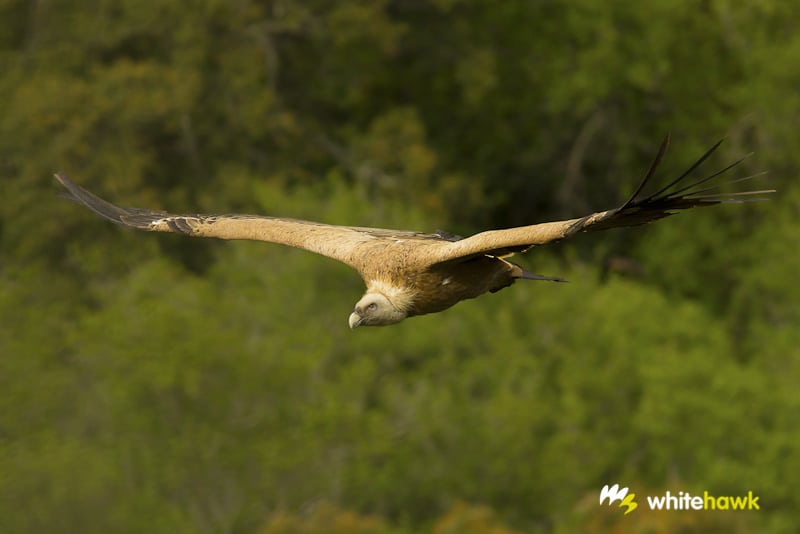
Ageing Vultures in Spain
Spain is home to four species of vultures including the Egyptian Vulture, Eurasian Griffon, Cinereous Vulture and Lammergeier. It is a fantastic place to observe these majestic birds. Of all of them, the Eurasian Griffon is the most abundant species. In fact, its numbers have increased over the past few years, and Spain is home to…
-
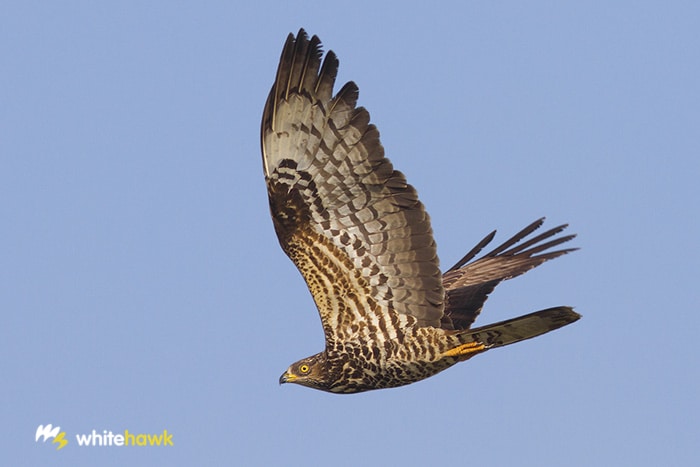
The Honey Buzzard Migration
Having the opportunity to spend long periods of time in strategic places for watching migrating birds is priceless for any birder. The spectacle of migration is something that happens almost continuously throughout the year in the Strait of Gibraltar. The peaks of activity are mainly in August and September during the fall migration. Then again…
